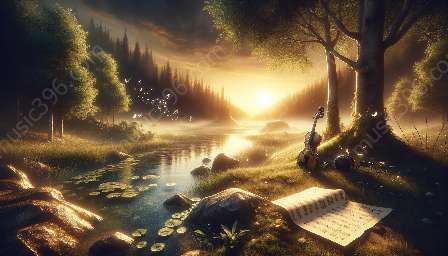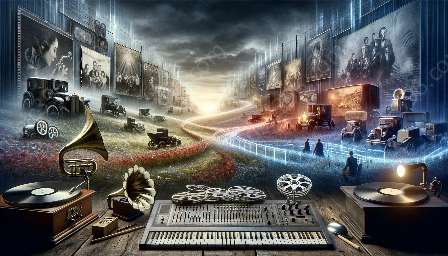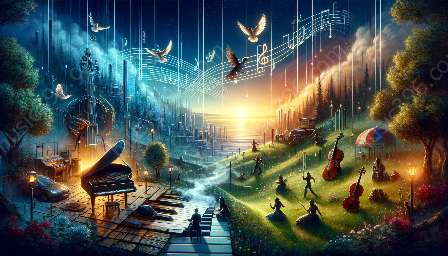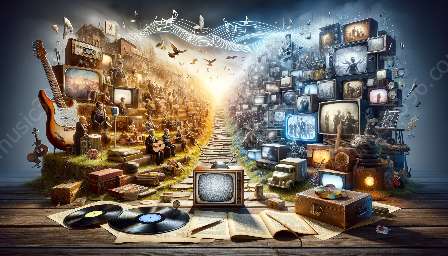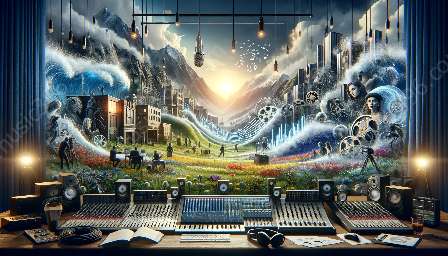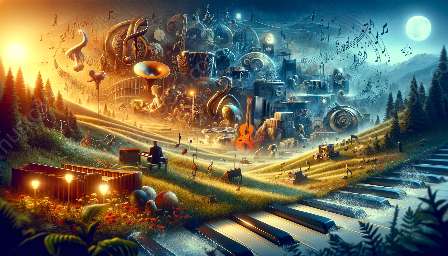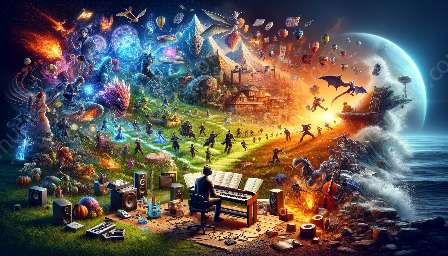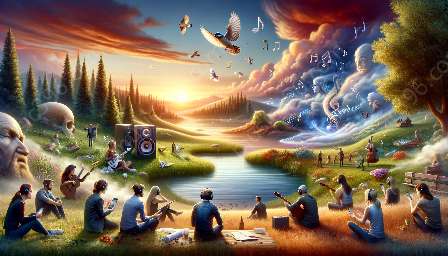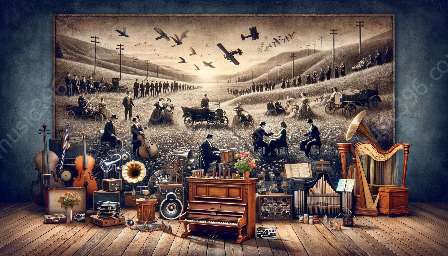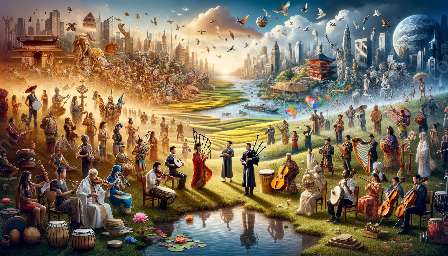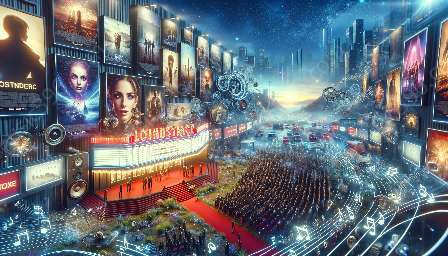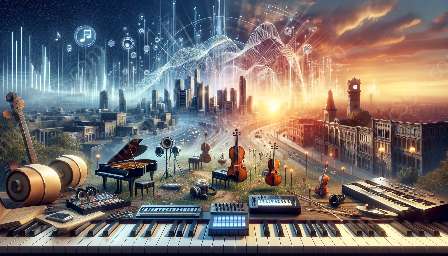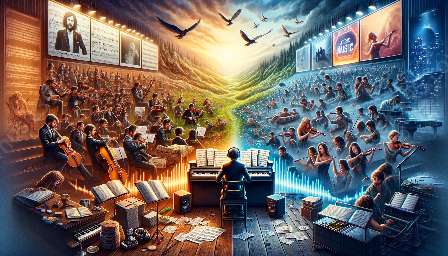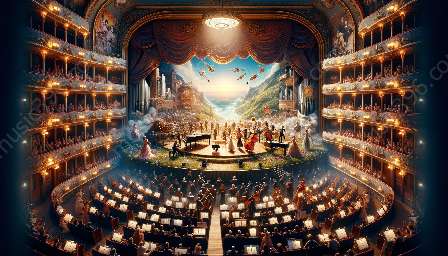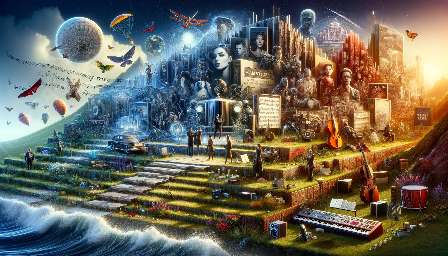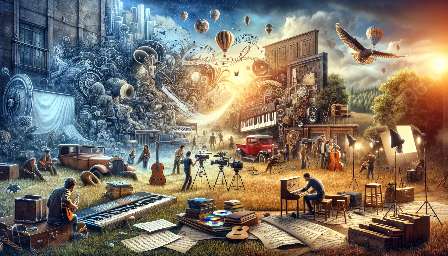Advancements in sound technology have significantly influenced the way movie soundtracks are created and experienced. This topic cluster delves into the history of movie soundtracks, the evolution of sound technology, and the impact on cinematic experiences.
History of Movie Soundtracks
The history of movie soundtracks dates back to the early days of silent films when live music was performed alongside the screenings to enhance the viewer's experience. With the advent of synchronized sound in the late 1920s, movie soundtracks transitioned from live accompaniments to recorded music tracks, further amplifying the emotional impact of films.
In the 1930s and 1940s, the use of orchestral scores and original compositions became integral to movie soundtracks, elevating the storytelling and creating memorable cinematic moments. The evolution continued as composers experimented with new instruments, electronic sounds, and innovative recording techniques, leading to iconic soundtracks that are celebrated to this day.
Advancements in Sound Technology
The advancements in sound technology have revolutionized the way movie soundtracks are created and experienced. The introduction of stereo sound in the 1950s provided a more immersive audio experience, allowing filmmakers to use sound as a powerful storytelling tool. This development marked the beginning of a new era in cinematic sound, paving the way for surround sound systems and Dolby® technologies that enhance the spatial and dynamic range of movie soundtracks.
Furthermore, the digital revolution in the 1980s and 1990s brought about significant changes in sound recording, editing, and mixing. Innovations such as digital audio workstations (DAWs), virtual instruments, and advanced signal processing algorithms empowered composers and sound engineers to craft intricate and dynamic soundscapes that complemented the visual storytelling.
Impact on Movie Soundtracks
The advancements in sound technology have had a profound impact on movie soundtracks, enriching the cinematic experience for audiences worldwide. The ability to create multi-dimensional soundscapes has allowed filmmakers and composers to evoke specific emotions, intensify action sequences, and transport viewers to different worlds through the power of sound.
With the integration of advanced sound technologies, movie soundtracks have become integral components of storytelling, effectively conveying the mood, tension, and drama of a film. The collaboration between directors, composers, and sound designers has led to iconic soundtracks that are inseparable from the films they accompany, leaving a lasting impression on audiences and garnering critical acclaim.
Conclusion
Advancements in sound technology have continuously shaped the art of movie soundtracks, elevating the cinematic experience and captivating audiences with evocative and immersive audio compositions. From the early days of synchronized sound to the modern era of surround sound and advanced digital production tools, the evolution of sound technology has enriched the storytelling capabilities of filmmakers and composers, ensuring that movie soundtracks play a vital role in engaging and moving audiences.

